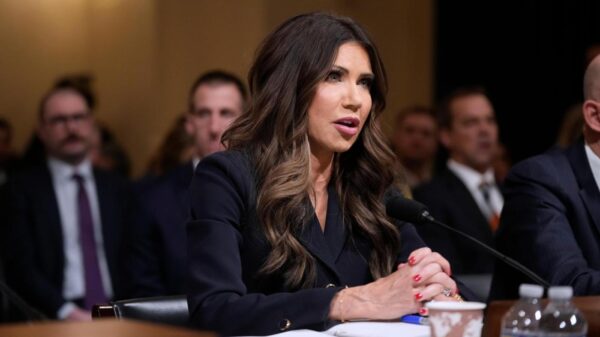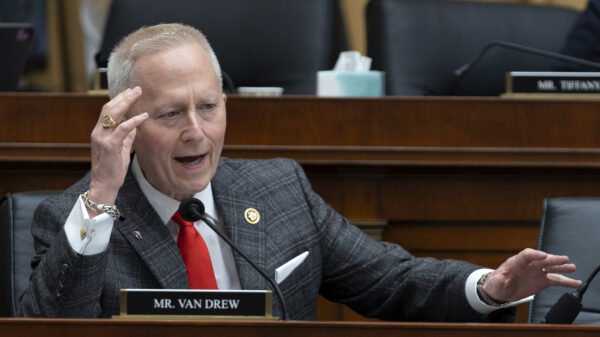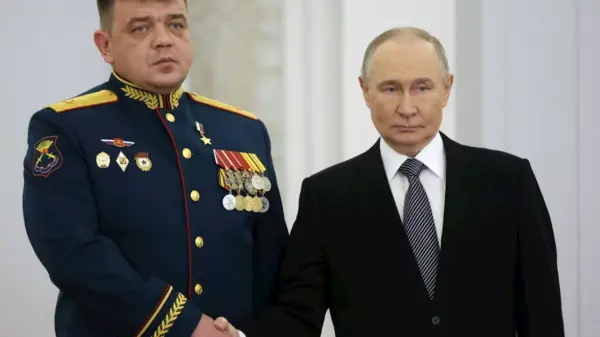BREAKING: President Donald Trump has officially appointed Pete Hegseth as the new Secretary of Defense, marking a significant shift in the Department of Defense’s leadership. This urgent development comes as the U.S. military faces unprecedented challenges both domestically and globally.
Hegseth, a combat veteran who served in Iraq and Afghanistan, brings firsthand experience to a role long dominated by bureaucrats. Unlike previous leaders, he is not just familiar with military strategy from the confines of a conference room; he has witnessed the realities of war on the ground, particularly in places like Ramadi and Kunar.
The appointment sends a clear message to allies and adversaries alike: the DOD will now be led by someone who understands the stakes of military engagement. Hegseth’s commitment to blunt, unapologetic patriotism aims to revitalize a Pentagon that has been criticized for prioritizing political correctness over military readiness.
Trump’s selection of Hegseth reflects a broader strategy to restore American military strength, a key promise from his campaign. The contrast with the previous administration is stark, as military leadership under President Joe Biden has often been accused of focusing on diversity initiatives and climate reports at the expense of operational preparedness.
As tensions rise internationally—amidst ongoing conflicts and a perceived lack of security at the southern border—Hegseth’s leadership is expected to cut through the bureaucratic inertia that has plagued the DOD. His approach could redefine how the U.S. engages in global affairs and addresses emerging threats.
This appointment is not just a personnel change; it signifies a potential transformation in U.S. military policy. Hegseth’s direct experience in combat provides him with a unique perspective to guide the nation through complex geopolitical landscapes.
The immediate relevance of this leadership change cannot be overstated. As military readiness becomes a focal point of concern, Hegseth’s actions in the coming weeks will be closely monitored. Observers will be looking for decisive moves that demonstrate a commitment to enhancing the effectiveness of the U.S. armed forces.
Next Steps: Stakeholders within the military and defense sectors are awaiting Hegseth’s inaugural directives, which are expected to prioritize operational efficiency and combat readiness. His ability to galvanize reform within the Pentagon may reshape the future of U.S. military engagement.
Stay tuned for more updates as this story develops, and share this critical news with your network to keep everyone informed about this urgent change in U.S. defense leadership.








































































